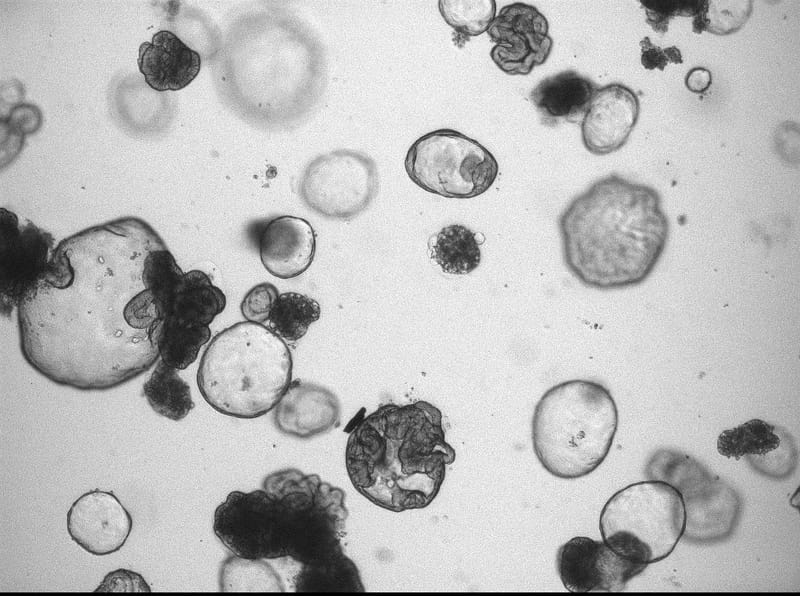Theme 1: Tissue-specific mutation accumulation in human stem cells

Organ-specific cancer incidence varies significantly throughout the human body, which cannot be solely explained by different exposures to mutagenic environmental factors, such as smoking, ultra-violet light or alcohol use. Adult stem cells are likely the cellular targets for accumulation of pre-cancerous successive oncogenic hits, which eventually can give rise to tumor development, owing to their life-long capacity to propagate mutations to both self-renewing progeny and downstream progenitors. We aim to identify and study the mutational processes that are active in adult stem cells of various organs and precede oncogenic transformation.
Strategy 1: Characterizing mutation accumulation during healthy life
Cataloguing rare somatic mutations in physiologically normal cells is technically challenging due to polyclonal nature of healthy tissues and the high error rate of single cell sequencing techniques. To overcome these challenges, we expand individual stem cells in vitro into clonal cultures, which reflect the genetic makeup of the original cell (i.e., mutations in the original cell will be shared by all other cells in the culture). Subsequently, sufficient DNA can be obtained to accurately catalogue the very rare somatic mutations present in the original cell. Using this approach, we have studied mutation accumulation in various tissues, such as blood, small intestine, colon and liver, and correlated this with organ-specific cancer incidence.
Publications:
- Blokzijl et al., Nature 538:260-264 (2016) PMID: 27698416
- Jager et al., Nature Protocols 13:59-78 (2018) PMID: 29215633
- Osorio et al., Cell Reports 25:2308-2316.e4 (2018) PMID: 30485801
- Rosendahl Huber A, Manders F, Oka R, van Boxtel R. Characterizing mutational load and clonal composition of human blood. J Vis Exp. 2019 Jul 11;(149)
Strategy 2: Study mutation accumulation in individuals at risk
Some individuals are at risk of developing cancer due to predisposing factors, such as germline mutations in DNA repair genes or a constitutive trisomy of chromosome 21 underlying Down syndrome. Indeed, newborns with Down syndrome have an increased risk of developing childhood leukemia, while they seem protected against solid tumors throughout life. We hypothesize that by characterizing mutation accumulation in stem cells of different tissues of individuals at risk for cancer, we will gain mechanistic insight into the rate limiting factors underlying carcinogenesis. Using this strategy, we found that fetal Down syndrome cells accumulate more mutations during early development as karyotypically normal cells. This increased mutation burden may contribute to the increased risk of leukemia early during life in Down syndrome.
Publications:
- Hasaart et al., Scientific Reports 10:12991 (2020) PMID: 32737409
- Hasaart*, Bertrums* et al., Expert Rev Mol Med. 23:e5 (2021) PMID: 33902785


